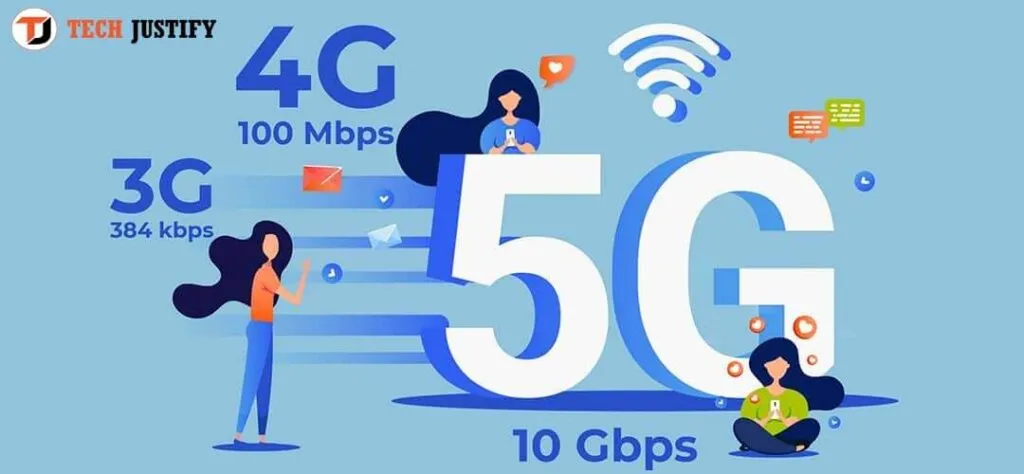Everything You Need to Know about 5G – 5G is a new wireless technology (“wireless”, ie without wiring) used for the transmission of information through both person-to-person, person-to-machine, and machine-to-machine connections. In this guide, we will discuss all of 5g Everything you need to know
If the first type of application, that for person-to-person communication, constitutes an evolution of mobile telephony and data transmission services, with a significant performance improvement, the applications relating to person-to-machine and machine-to-machine transmissions concern the development of new services.
The field of application of these new services is very wide and goes, to give some examples, from telemedicine to home automation, from the piloting of drones to the automation of industrial processes and to the automotive sector, where it is also the basis of experiments on the car. autonomous driving.
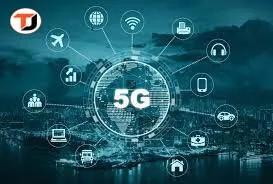
Telecommunication sector
Many of these technological developments can occur thanks to one of the most important technical specifications of 5g Everything you need to know: that of the low latency time, which expresses the speed with which a system responds to an impulse and is more than ten times lower than the typical one. of 4G.
The telecommunications sector is, therefore, only one of the numerous fields of application of 5G technology which, due to the great variety of services concerning interactions between machines, is called the Internet of Things (IoT – Internet of Things).
The greater efficiency of 5G technology (higher speed, shorter latency time, possibility of connecting many devices, optimized coding of the electromagnetic signal) combined with the use of particular types of “smart antennas” (smart antennas) opens the way to the spread of services innovative by decreasing the exposure of those who do not use mobile phones.
How do 5G antennas work?
The “intelligent” (smart) antennas used by some 5G repeaters have a very innovative operation: unlike those existing up to now, they no longer transmit a coverage signal with spatial distribution over the territory that does not vary over time.
But sequentially activate a series of beams (service beams), turned on for very short intervals of time, of the order of a millisecond (beam sweeping), operating a bit like the light emitted by a lighthouse.
When one of these beams detects the presence of a user who needs to communicate with the repeater, the antenna generates a specific signal aimed at the user or group of users (beamforming), which is activated only for the time of the communication (traffic beam).
These bundles are very narrow in the direction of the user requesting the service.
What are the frequencies of the emitted radiation?
The 5G systems will operate in Italy in the frequency bands 694-790 MHz (up to now in use by TV broadcasters and available for the 5G service from 1 July 2022), 3.6-3.8 GHz (frequencies very close to those of LTE mobile phone signals already used by telephone operators) and 26.5-27.5 GHz (close to those already in use for satellite transmissions).
At the moment, the 5G network dedicated to mobile terminals is mainly being developed, which works on the frequency band around 3.7 GHz.
The 700 MHz band, available starting from 2022, will be dedicated to 5G services that will also be able to guarantee coverage of areas in the so-called digital divide
That is, in those Italian municipalities that are most disadvantaged for the reception of signals and, consequently, for the use of services associated with telecommunications.
The higher frequency band (26.5-27.5 GHz) in this phase is little used and only for the provision of broadband services (no mobile telephony).
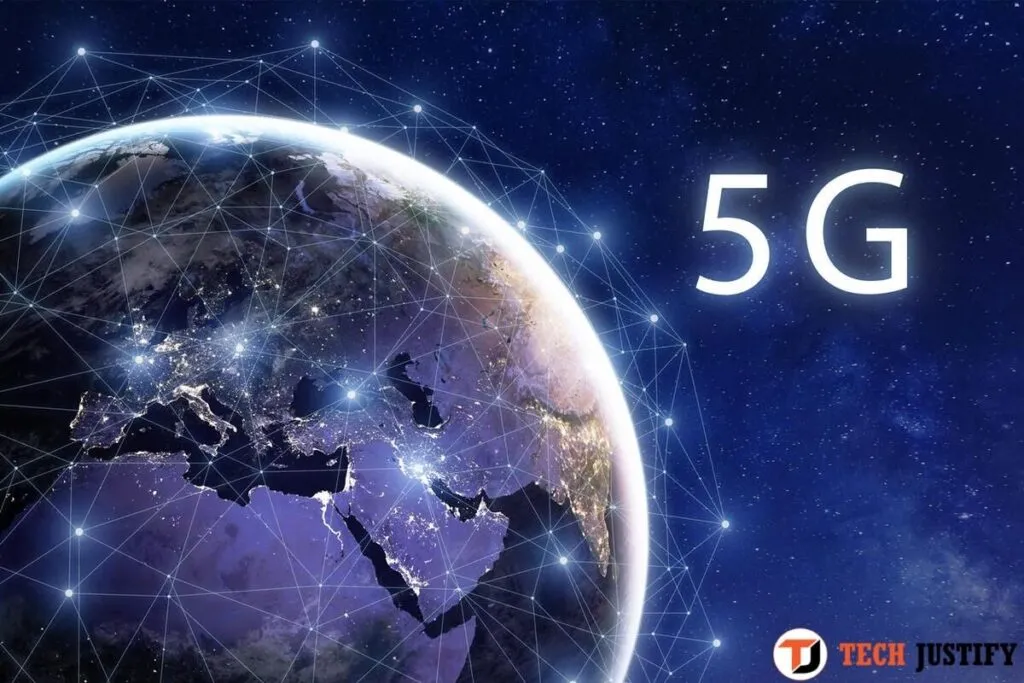
Can the current base stations also be used for 5G?
The current radio base stations can also be used for 5G after radioelectric reconfiguration that allows the relative transmitters to be inserted, adjusting or not the installed antennas; such reconfigurations are subject to SCIA to be submitted to the Municipality and the Agency.
In fact, the antennas are not linked to a specific technology: they are suitably assembled structures which, if properly powered, emit an electromagnetic field (telephone, radio and television signals, alarm signals, data transmission, etc.) with specific characteristics of the horizontal radiation pattern. and vertical. The antennas operate in one or more frequency bands.
In passing from the first generation (or 1G or analog telephony) to 2G, 3G, and 4G we have progressively passed from antennas typically used for a single frequency band (so for example an antenna for GSM and an antenna for DCS), to dual-band antennas capable of transmitting two frequency bands up to the most recent multi-band capable of transmitting many frequency bands.
Read Also : How to back up your smartphone
This has considerably reduced the visual impact of the radio base station, requiring less physical space occupation on the mast and the elimination of outreaches on which to place the necessary antennas.
Therefore the existing antennas, if of the multiband type, can be used to transmit the 5G signal, in particular at the 700 MHz frequency.
This is also what already happens today when an operator wants to transmit a slightly less performing 5G signal, using the equipment of an existing 4G system.
4G and 5G technology are appropriately “mixed” and the resulting signal is transmitted by the traditional antenna that was already there.
This technology is called DSS (Dynamic Spectrum Sharing – Dynamic spectrum sharing) and it means that the operator sends the 2 4G and 5G signals “mixed” at the same time on the same antenna (traditional type). 4G cell phones will use the 4G portion of the signal, while 5G cell phones will use the 5G portion.
Currently, the first applications of this shared use mainly use the frequencies of the LTE-1800 and, to a lesser extent, those of the LTE-2600.
How can Antena’s work
If, on the other hand, the operator intends to use the “active” antennas (with beamforming) it is generally necessary to adapt the station with specific antennas that provide this functionality. Parallel to the introduction of 5g Everything you need to know technology.
In fact, the technology of the so-called “intelligent antennas” (or smart antennas) was introduced which involves integrating the metal structures that make up a traditional antenna with a module that includes the signal generator and the ‘amplifier.
In fact, these antennas become “active” devices that can generate signals concentrated in very narrow beams and oriented only where there is a user with a mobile phone who wants to connect (beamforming) based on the user’s request.
The antennas then transmit the information in a targeted way in the direction of the user to ensure the best speed and at the same time reduce emissions in other directions.
Their emission is, therefore “adaptive”, ie it changes according to the number of users to be served, their position, and the type of service.
We are used to associating 5G with smart antennas, but actually smart antennas were developed years ago (when 5G didn’t exist yet) using 4G technology.
If desired (if the manufacturers implemented them) the smart antennas could also be used with previous 2G or 3G technologies.
What happens if 5G is added to the exposure of the CEMs of previous technologies?
Whatever the technology used (1G-2G-3G-4G-5G) compliance with the legal limits must always be guaranteed: this means that the sum of the contributions of the antennas operating with the different technologies (1G + 2G + 3G + 4G + 5G) of all operators must always guarantee the overall legal levels of 6 V / m.
In fact, in Italy in all homes and, more generally, in places where a daily stay for more than four hours is possible, the electric field value of 6 V / m (attention value) must not be exceeded, intended as average over 24 hours, at any frequency in the range of 100 kHz – 300 GHz.
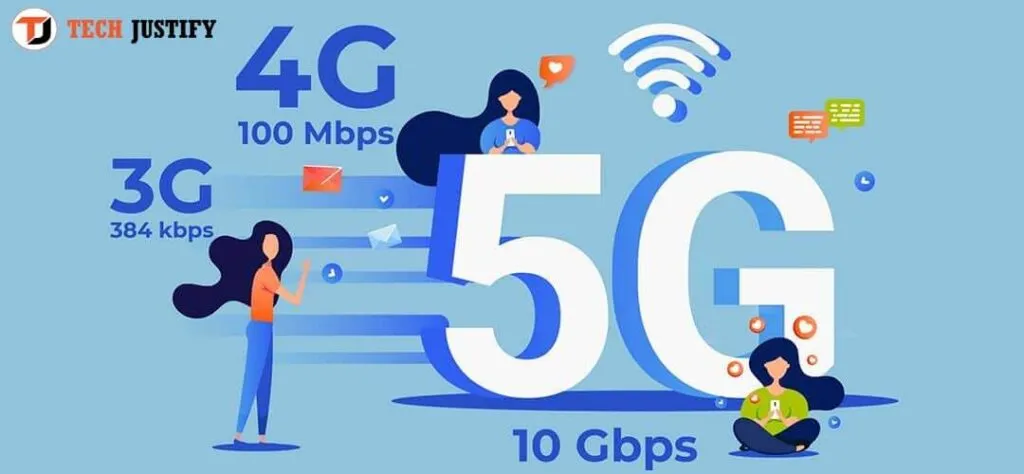
The Prime Ministerial Decree of 8 July 2003 confirms that these limits apply indiscriminately for any radio technology and/or application (transmission system) that has as its purpose the emission of electromagnetic field sources.
It is the task of the authorities responsible for emission controls (the Environmental Agencies) to verify in the preliminary opinion to each new installation that the attention value of 6 V / m is always respected, even if 5G is implemented in the same sites where they are already present. previous telecommunications technologies.
By law, the installation of new technologies cannot and must not lead to overcoming the cautionary value in force in Italy (6 V / m), as this value of attention is expressed in terms of the sum of the contributions due to all plants present.
Will the rise of “smart antenna” systems for 5G increase exposure to electromagnetic fields ?
The installation of a more distributed number of antennas on the territory involves a lower power radiated by each of them compared to the situation of a single system which must guarantee a high spatial coverage.
The use of antennas equipped with dynamic power regulation will allow the electromagnetic spectrum to be used more efficiently.
The intelligent or dynamic or adaptive (beam-forming) antennas can dynamically regulate, direct and concentrate their power towards the user to be served and which requires connection only at that moment. Their location will be widespread and this will allow them to transmit with users at lower powers.
Read Also : How to Extend Battery Life on Android Phones?
Users will be exposed to EMConly in the short time intervals in which it is in the direction of one of these beams while it is requesting the data “unload – load” service.
This is the big difference with the technologies of previous generations which, to generate and transfer signals, required continuous exposure over fairly large areas and of greater power than that required for 5g Everything you need to know
5G disadvantages Are millimeter waves harmful?
The electromagnetic waves at higher frequencies (centimeter and millimeter waves) during their propagation can not penetrate through buildings or in any case to overcome obstacles.
Furthermore, these are easily absorbed by rain and leaves, for this reason, the use of these waves will make it necessary to install numerous repeaters that will be used in the “small cells” or microcells, corresponding to areas of territory with a radius that can range from a few tens of meters less than a km.
For these reasons, these waves can be used more in specific places without obstacles (such as airports, stations, stadiums) or to ensure coverage of so-called broadband services in homes (FWA technology).
Millimeter waves are reflected or absorbed only superficially at the skin level, without therefore penetrating inside the body.
Will 5G technology lead to increased exposure levels?
Given that the health aspects are not the direct responsibility of the Arpa, it is considered appropriate to report a recent study published by the ISS, which is currently the official position on health risks related to EMF.
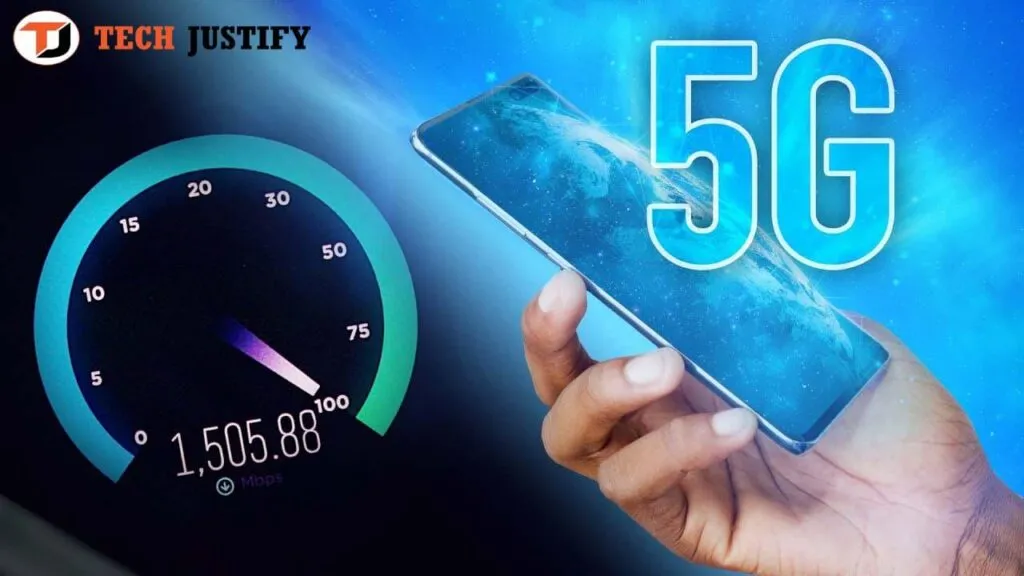
5g Everything you need to know, like the previous and currently used mobile phone technologies, does not require electromagnetic signals of such intensity as to induce significant increases in the body temperature of exposed subjects.
The known thermal effects of electromagnetic fields can therefore be excluded.
Compliance with the exposure limits and the warning value means that the exposure levels of the population are much lower than the thresholds for thermal effects and with the planned installation of numerous antennas that will cover areas of the territory of smaller “small cells”
Therefore they will allow powers lower than the current ones, the exposures should be more uniform and with lower emission peaks near the antennas compared to the current situation.
The electromagnetic fields produced by previous technologies and also by 5G do not belong to the ionizing radiations of the electromagnetic spectrum, therefore they are not able to interact directly with DNA and therefore cause mutations that can promote carcinogenesis.
Could 5G signal contemporaneity lead to exceeding legal levels?
If in a square, in a stadium, or station connections are concentrated for a given period through the beams of the smart antennas that are activated at the request of the user, the sum of these beams cannot exceed the limit established by law.
This is because, in the preliminary assessment phase for the issuance of the authorization, the irradiation beams are assessed in the worst operating situation (simultaneous activation of all the lobes of the intelligent antenna).
In other words, the simultaneous activation of the irradiation beams that are added together to cover a specific area cannot exceed the legal limits as the fixed beam antennas of previous technologies could not exceed them, regardless of the number and position of the connected users.
Will there be an increase in energy consumption?
The increase in antennas for 5G technology is due to the fact of managing smaller cells to allow a greater number of simultaneous connections. Having smaller cells means less power to radiate and therefore less electricity to consume.
Furthermore, the systems will send not all the available power to the coverage area, but only that necessary for the user who has requested the connection service.
Therefore, by constantly calibrating the power to real and non-real needs, like the previous technology, energy consumption will decrease.
The Harp and the supervisory authorities can measure the EMC 5G?
The ARPAs are always able to assess compliance with the limits and values indicated by the legislation, quantifying the electromagnetic field present during the surveys.
The release on the market of measurement instrumentation capable of “interpreting” the digital texture of the signal used by a new technology always follows the introduction of the technology itself, in particular also after the release of the first transmission equipment and related mobile terminals ( cell phones).
The ability to “interpret” the digital signal, however, is in no way related to the ability to measure the value of the electromagnetic field here I’m.
It concerns only the possibility of experimentally verifying during the surveys how much of the signal the radio base station was transmitting compared to the maximum possible.
This extrapolation technique (of the maximum measurable field value at a certain measurement point, starting from the value actually measured) is obviously a further guarantee for the measurement itself, and indispensable for evaluations over longer time intervals.
For the aforementioned purposes, the Agencies are engaged in a constant and costly turn-over of the measurement instrumentation which, for the reasons set out above, can never be contemporary with the introduction of new technology.
Currently, specific technical guides on measurement methods are not yet available, defining a shared method also at the international level.
During the evolution of cellular telephony, with the introduction of increasingly high-performance and complex technologies, the measurement and extrapolation techniques have been updated in parallel by the technical regulatory bodies
We are always open to your problems, questions, and suggestions, so feel free to Comment on us by filling this. This is a free service that we offer, We read every message we receive.
Tell those we helped by sharing our posts with friends or just liking to Follow us on Instagram, Twitter and join our Facebook Page or contact us on Gmail, Linkedin, etc

Pradeep Sharma is a author the mind behind Techjustify, where I craft insightful blogs on technology, digital tools, gaming, AI, and beyond. With years of experience in digital marketing and a passion for tech innovation, I aim to simplify complex topics for readers worldwide.
My mission is to empower individuals with practical knowledge and up-to-date insights, helping them make informed decisions in the ever-evolving digital landscape.


